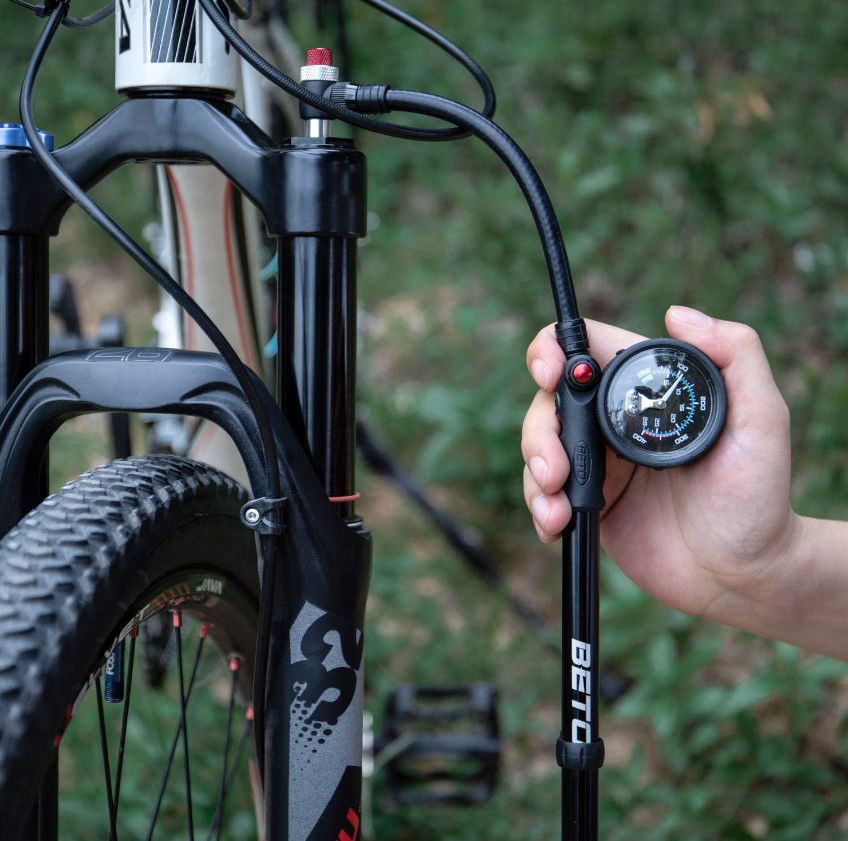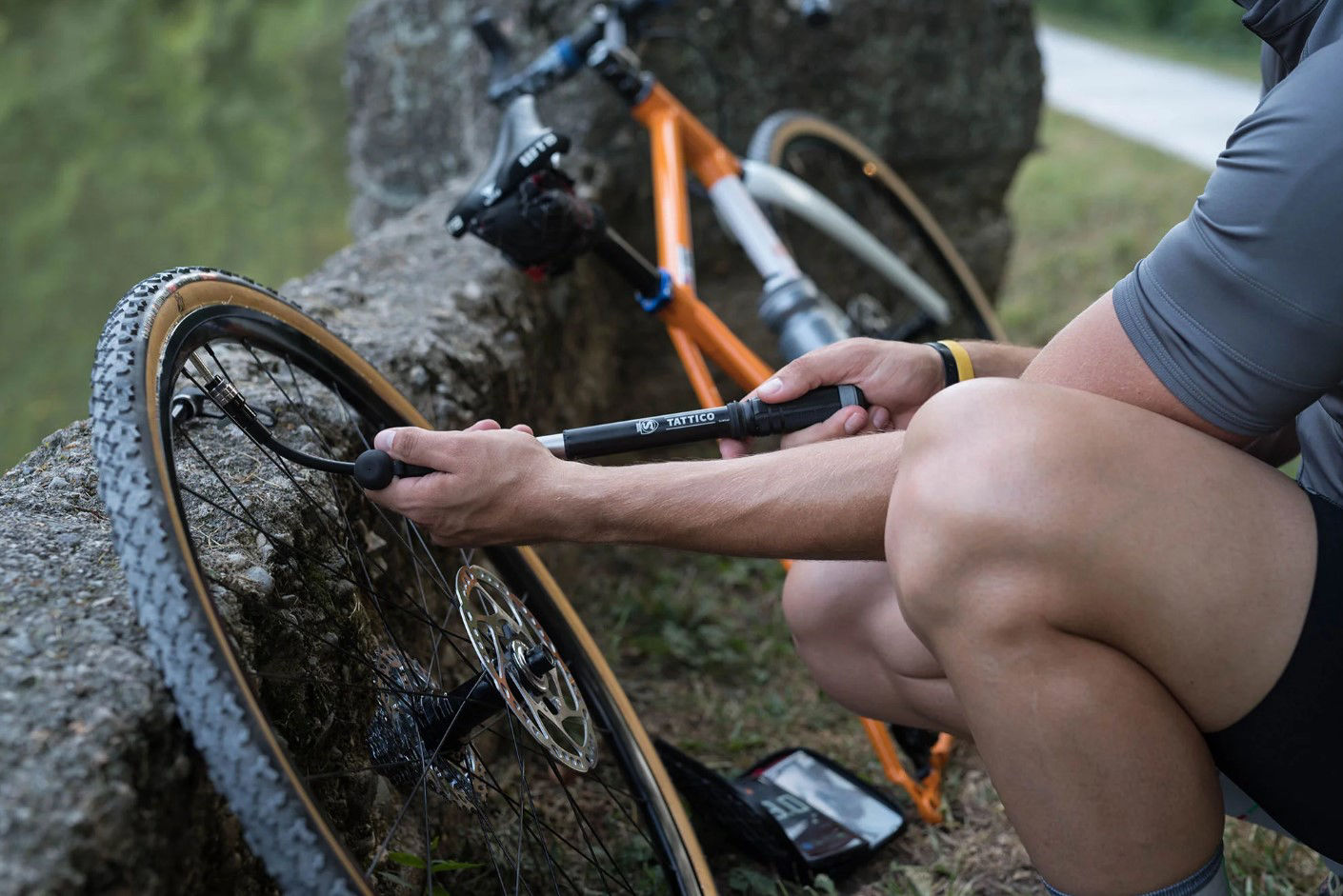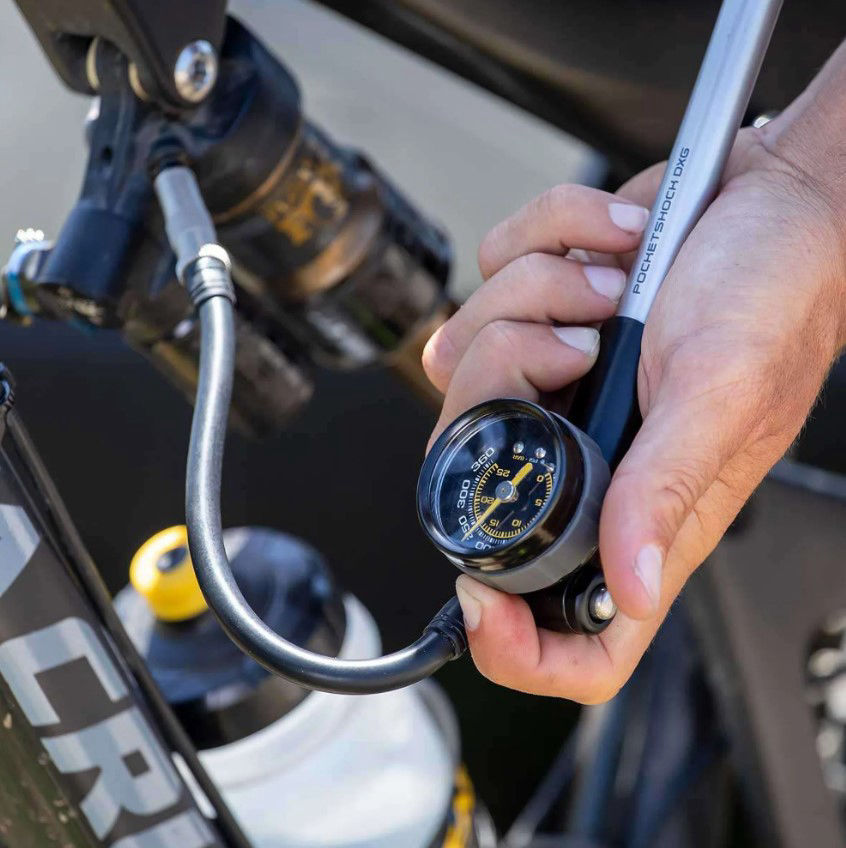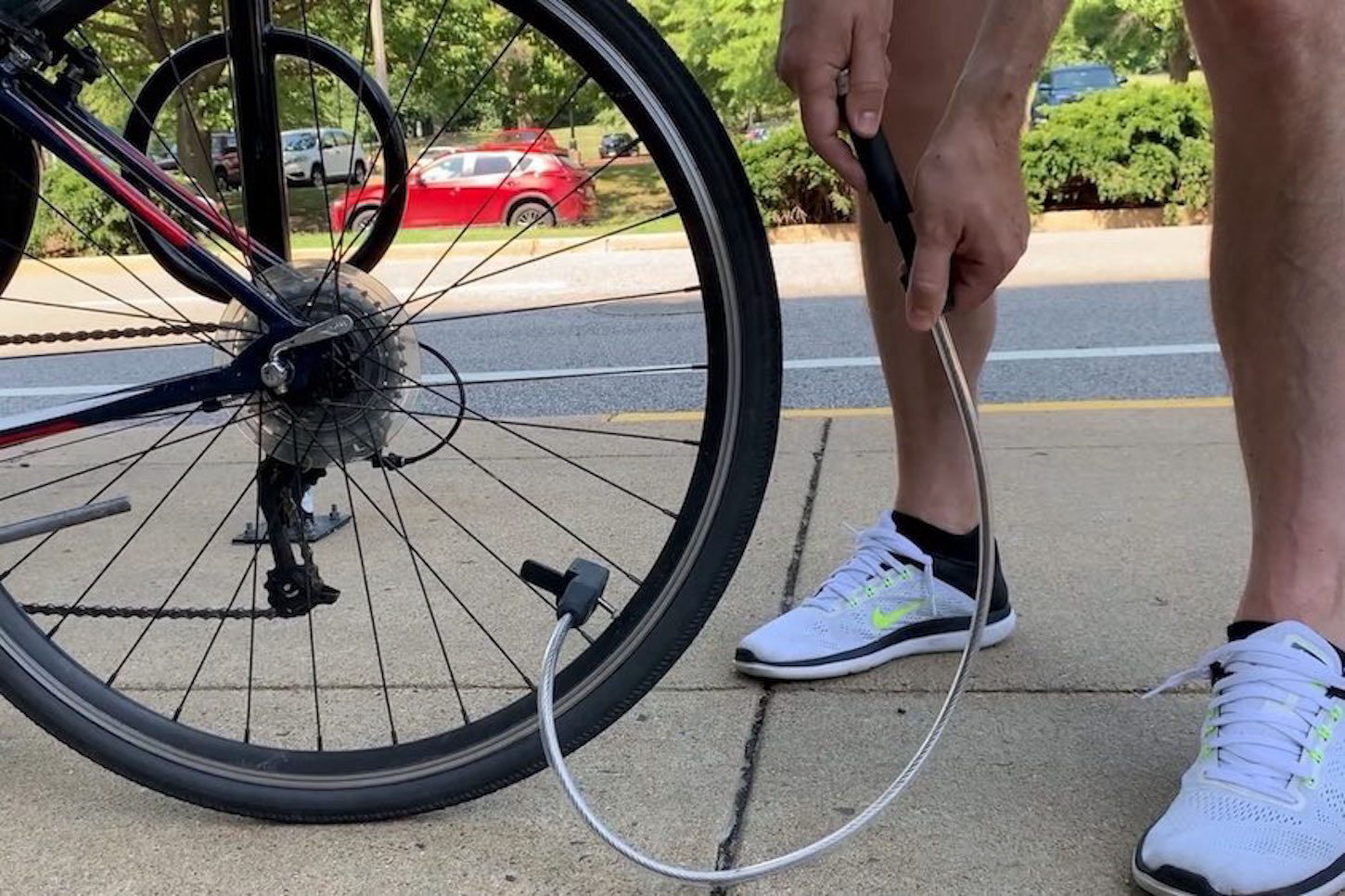
Bicycle pumps with pressure gauge
All professional pump models are equipped with a pressure gauge. Using such pumps, you will not pump the wheels above the permissible pressure. Some cheap and compact pumps are also equipped with pressure gauges, but the accuracy of pressure measurement in cheap pumps has a significant error.
Based on the pressure gauge readings, you should take into account that the wheels are inflated to the maximum permissible pressure if you plan to drive on asphalt and smooth city roads. For driving on rough terrain, sand and mud, it is better to inflate the wheels to the lower pressure limit.


